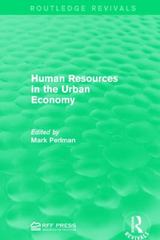Question
a. When can the Company submit an objection at the latest? Is the Company's decision to pay only Rp. 300 million before filing an objection
a. When can the Company submit an objection at the latest? Is the Company's decision to pay only Rp. 300 million before filing an objection and not to pay the tax payable before filing an appeal can be allowed? If it is not allowed, are there any sanctions imposed in this regard? Explain along with the legal basis!
b. If it is assumed that PT Adidaya Plastik accepts the objection decision, how much tax will still have to be paid (including tax sanctions, if any) by the Company? When should the company pay for it? Provide an explanation (and calculation) along with the legal basis!
c. When can the Company file an appeal at the latest? What are the conditions that must be met by the Company for filing such an appeal? Explain along with the legal basis!
d. Based on the results of the appeal decision, how much tax is accrued (including tax penalties, if any) by the Company? When should the company pay for it? Provide an explanation (and calculation) along with the legal basis!




Step by Step Solution
There are 3 Steps involved in it
Step: 1

Get Instant Access to Expert-Tailored Solutions
See step-by-step solutions with expert insights and AI powered tools for academic success
Step: 2

Step: 3

Ace Your Homework with AI
Get the answers you need in no time with our AI-driven, step-by-step assistance
Get Started


